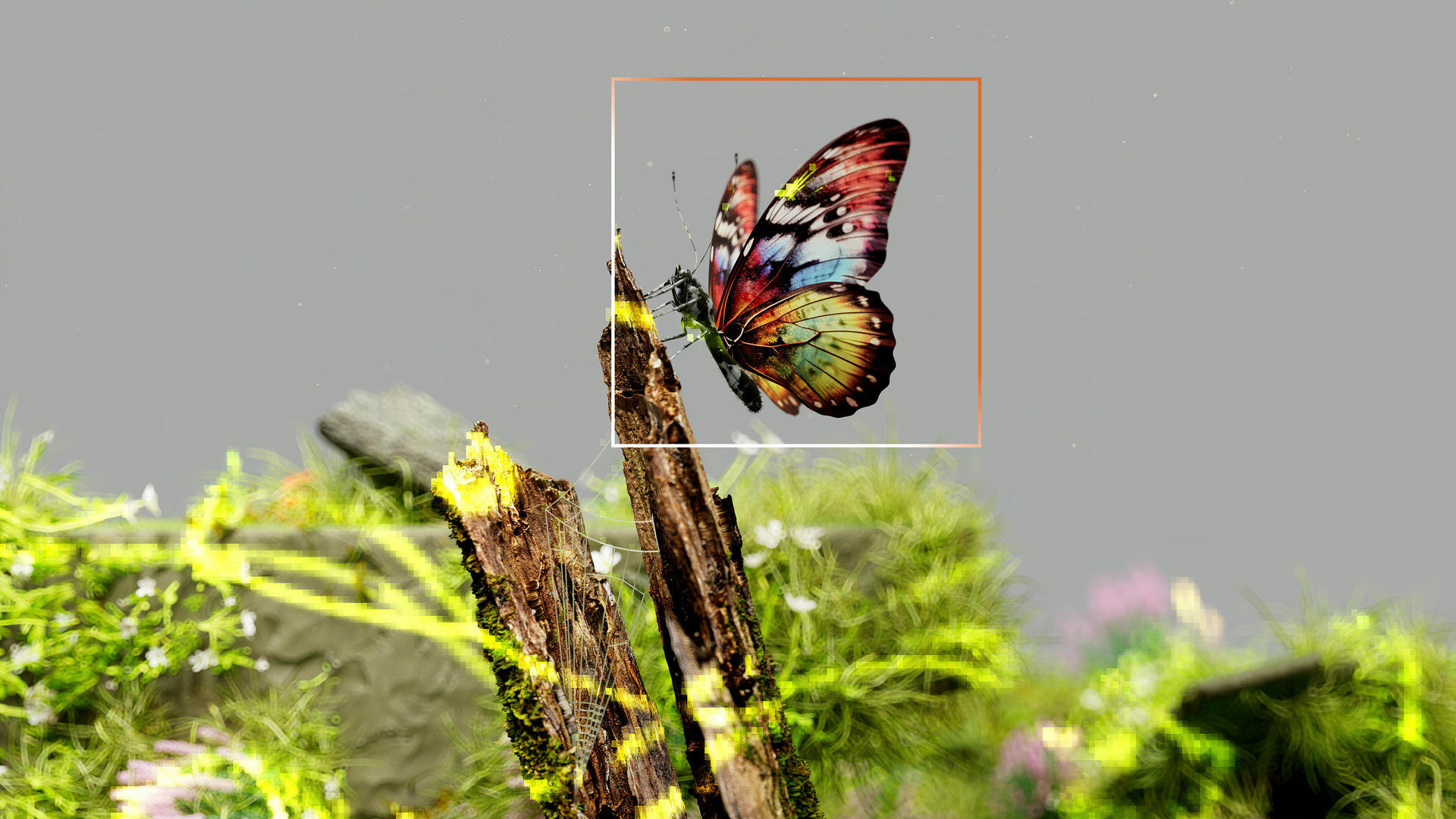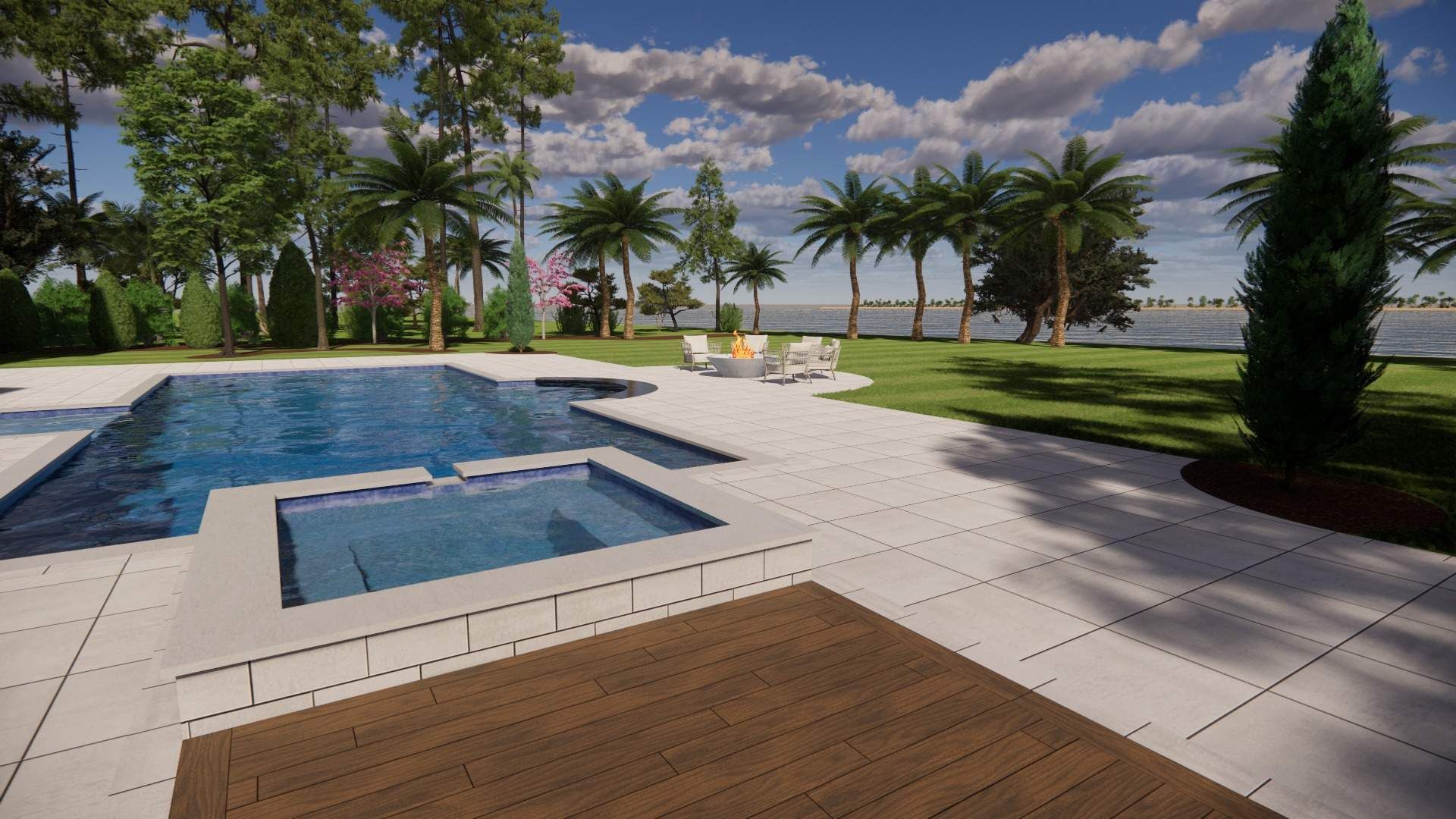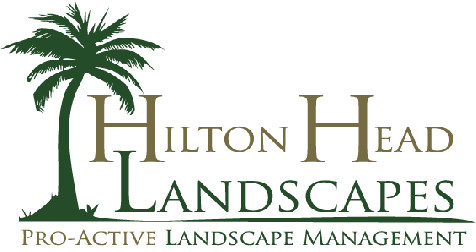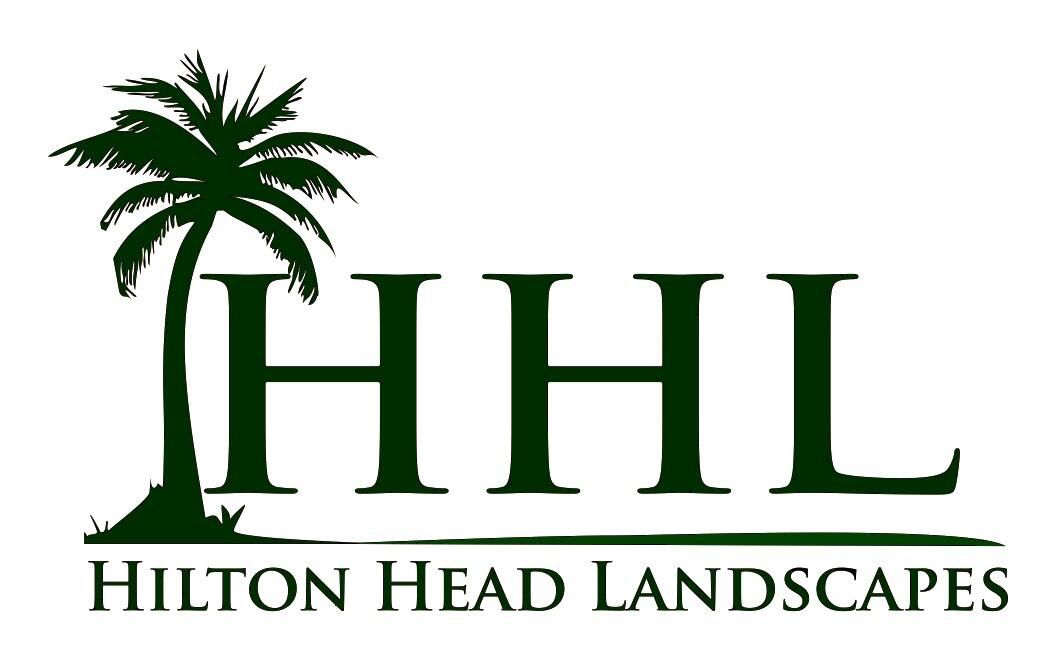Attracting Pollinators to Your Hilton Head Garden

Attracting Pollinators to Your Hilton Head Garden: 5 Effective Strategies for a Thriving Oasis
Creating a garden that attracts pollinators is not just fun; it is vital for our environment. Pollinators like bees, butterflies, and hummingbirds help plants grow. They make fruits and vegetables possible for all of us. If you want to create a friendly space for these important creatures in your Hilton Head garden, you are in the right place.
Key Takeaways
- Choose Native Plants: Native flowers are best for attracting local pollinators.
- Plant in Clusters: Grouping flowers makes it easier for pollinators to find food.
- Provide Water Sources: A shallow dish of water can help keep pollinators hydrated.
- Avoid Pesticides: Chemicals can harm pollinators, so it's better to use natural methods.
- Create Habitat: Add features like small brush piles or stone piles for protection.
Explore the benefits of eco-friendly gardening practices
Why Pollinators Matter
Pollinators are not just cute; they play a big role in nature. They help more than 75% of the world’s flowering plants to reproduce. This means they help produce food that we eat every day. In Hilton Head, we see many different pollinators. Bees buzz around, butterflies flutter, and hummingbirds zip from flower to flower. Each one helps create a healthy environment.
By making your garden a haven for these creatures, you are helping the planet. Plus, a garden filled with butterflies and bees is a joy to see. Flowering plants attract these friendly insects and birds. The more flowers, the more pollinators. Let’s look at how you can make this happen in your own yard.
Native Pollinator Species in Hilton Head
Pollinator Type Common Species Role in Garden
- Bees Honeybee, Bumblebee Essential for fruit and seed production
- Butterflies Monarch, Swallowtail Pollinate while feeding on nectar
- Hummingbirds Ruby-throated Hummingbird Aid in pollination of tubular flowers
Choose the Right Plants
Choosing the right plants is the first step. In Hilton Head, you should focus on native plants. Native plants are flowers and shrubs that grow naturally in the area. They are perfect for local pollinators because they have evolved together over time.
Native Plant Suggestions
- Black-eyed Susans: These bright yellow flowers attract many bees.
- Coneflowers: Their large blooms are perfect for butterflies.
- Milkweed: This is a must-have for attracting monarch butterflies.
- Lantana: A favorite for many butterflies and hummingbirds.
- Asters: Perfect for late summer and fall blooms, drawing in pollinators when other flowers fade.
These plants not only look good but also help local wildlife. When you choose native plants, you create a garden that is sustainable and resilient.
Plant in Clusters
When planting, arrange your flowers in clusters. This means planting groups of the same type of flower together. Why? Because pollinators can spot a big patch of flowers better than a single bloom here and there.
How to Plant Clusters
- Select a Flower Type: Choose a native flower you want to use.
- Group Them: Plant at least three of the same flower type together.
- Mix It Up: Combine flowers that bloom at different times to have a colorful garden all year.
By planting clusters, you make it easy for bees and butterflies to find food. They can rest and feed without flying too far from one flower to another.
Benefits of Clustering Plants
- Increased Visibility: Pollinators can find food sources more easily.
- Efficient Foraging: Reduces the energy pollinators expend while searching for food.
- Enhanced Aesthetic Appeal: Creates visually pleasing patches of color in your garden.
Add Water Sources
Like all living things, pollinators need water. You can create simple water sources in your garden to help them out.
Watering Ideas
- Shallow Dishes: Fill a dish with water and add some small stones. This gives pollinators a safe place to land.
- Birdbaths: A birdbath can attract not just birds but also butterflies and bees looking for a drink.
- Puddling Areas: Create small damp areas in your garden where butterflies can get moisture.
Make sure to change the water regularly. This keeps it fresh and helps keep your garden healthy.
Avoid Harmful Chemicals
When caring for your garden, it’s essential to avoid pesticides. Many chemicals used to kill bugs can also harm our friendly pollinators.
Safe Pest Control
Instead of using harsh chemicals, consider natural methods. Here are a few ideas:
- Neem Oil: This is a natural oil that can help control pests without hurting pollinators.
- Companion Planting: Planting certain flowers together can help keep pests away.
- Hand-Picking: For small areas, you can pick off pests by hand.
By using safe methods, you protect the pollinators that help your garden bloom.
Create a Safe Habitat
Pollinators need safe spots to rest and hide from predators. You can create habitats in your garden that provide shelter and protection.
Habitat Ideas
- Brush Piles: Piles of sticks or leaves can offer shelter for pollinators.
- Stone Walls: A small stone wall can be a great hideout.
- Flowers with Dense Foliage: Plants that are bushy provide shelter from wind and rain.
By adding these features, you create a garden that is inviting and safe for pollinators.
Support Local Ecosystems
When you attract pollinators to your garden, you are also helping the local ecosystem. Pollinators are part of a circle of life that includes plants, soil, and other wildlife. When they thrive, everything else does too.
How Your Garden Helps
- Food for Birds: Pollinators help plants grow, which feeds birds and other animals.
- Healthy Soil: A diverse garden with many plants helps keep soil rich and healthy.
- Cleaner Air: Plants clean the air we breathe, making our environment better.
By focusing on attracting pollinators, you support a healthy and balanced ecosystem right in your backyard.
Learn about local wildlife habitats
Educating Others
You can also share what you learn about attracting pollinators with friends and family. Teach them why it matters and how they can help too.
Ways to Share
- Host a Garden Tour: Invite friends to see your pollinator-friendly garden.
- Share on Social Media: Post photos of your garden and tips online.
- Join Local Groups: Get involved in local gardening clubs that focus on pollinator-friendly practices.
The more people know about the importance of pollinators, the better our environment will be.
Year-Round Care
Maintaining a pollinator-friendly garden is an ongoing task. Different seasons bring different needs. Here are some tips for care throughout the year.
Spring
- Plant New Flowers: Spring is a great time to add new plants.
- Clean Up: Remove any dead plants or debris from winter.
Summer
- Water Regularly: Keep plants watered during the hot summer months.
- Observe Pollinators: Watch which plants attract the most bees and butterflies.
Fall
- Leave Some Seeds: Let some flowers go to seed for hungry birds.
- Prepare for Winter: Cut back perennials but leave some stems for insects.
Winter
- Protect Plants: Cover delicate plants with mulch or leaves.
- Plan for Spring: Think about what plants you want to add next year.
By caring for your garden year-round, you help keep it beautiful and inviting for pollinators.
Conclusion
Attracting pollinators to your Hilton Head garden is a rewarding journey. You can create a colorful, lively space filled with buzzing bees and fluttering butterflies. Remember to choose native plants, create habitats, and avoid chemicals.
Your actions can help support local ecosystems and make a difference. Plus, a garden full of pollinators is a joy to experience. Together, we can create a better environment for ourselves and the creatures that share our world.
Now that you have these tips, it’s time to get started. Your garden can be a haven for pollinators, and you can play a part in protecting our environment. Happy gardening!
Next Steps
- Start Planning: Write down which plants you want to add to your garden.
- Visit Local Nurseries: Check out local garden centers for native plant options.
- Join Community Efforts: Look for local groups focused on pollinator-friendly practices.
By following these next steps, you can begin your journey toward a garden that attracts and supports pollinators. Enjoy the process and watch your garden come to life!
Additional Plant Suggestions for Pollinators
Plant Type Bloom Time Pollinator Attraction
- Salvia Spring to Fall Bees, Hummingbirds
- Zinnias Summer Butterflies, Bees
- Verbena Summer to Fall Butterflies, Hummingbirds
Find detailed guides on gardening techniques



